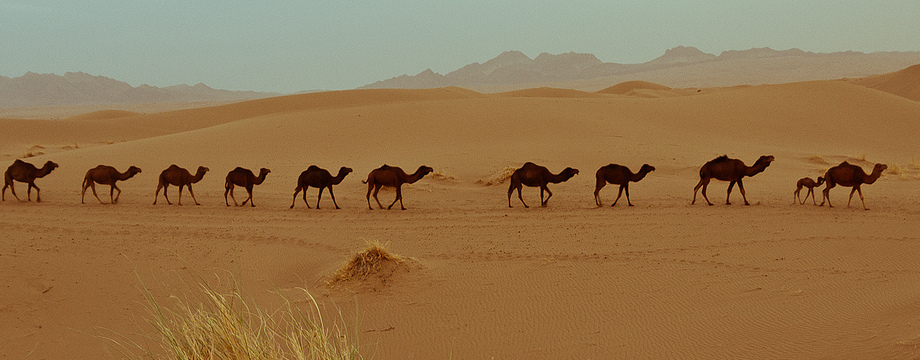On Friday, after Muslim noon prayers, more than a hundred worshippers stanged a demonstration protesting Jewish temple mount extremists’ plans to enter the Temple Mount to pray. What exactly happened next is not clear as newspaprs give conflicting accounts. At some point the protesters began throwing stones. At some point the Israeli police entered the temple mount precinct to disperse the protesters. 11 police officers were lightly injured. Between 15 and 30 protesters were lightly injured. Four protesters were arrested.
AP reports that one of the Muslim officials present at the scene says stones were only thrown after police entered, but this doesn’t explain why the police entered the Temple Mount. However, the Jerusalem Post says that the conflict began when people on the Temple Mount began throwing stones down onto the Western Wall plaza below. When the police entered the Temple Mount to stop the stone throwing, the protesters began throwing stones at the police as well.
Reports of the weapons used on each side also differ. Ynet says molotov cocktails as well as stones were thrown. AP says that the police used tear gas as well as stun grenades. Arutz Sheva says the police used stun grenades, rubber bullets, and tear gas. The police deny this saying they used stun grenades and nothing more. The Jerusalem Post mentions unspecified additional crowd control techniques. The police deny the use of any other crowd control techniques other than stun grenades.
Violence Triggers Yet More Violence and a Death
Violence on the Temple Mount triggered yet more violence elsewhere on the West Bank. In the early afternoon, a crowd of about 20 protesters who gathered at the Qalandia checkpoint after hearing rumors of “a raid on a holy site in Jerusalem”. The protesters were violent and attempted to hurl fireworks at the IDF. In response, Israeli forces fired tear gas and both live and rubber bullets into the crowd. One of the five wounded protesters, Talat Ramia, 25, was taken to the hospital and died in surgery later that day.
Later that night, there was yet further violence in the east Jerusalem Palestinian neighborhood of Issawiya on Friday night. Police responded to burning tires and stone throwing with stun guns. One protester was arrested.
Talat Ramia was buried in the village of Al-Ram the next day (Saturday, February 25). At the end of the funeral, masked people blocked the entrance of the village with burning tires and trashcans and began throwing stones and molotov cocktails at IDF troops. The troops fought back with tear gas and rubber bullets. Nine Palestinians were wounded in the confrontation. An IDF video confirms the burning tires and thrown objects.
The Jerusalem Post reports that Palestinian Prime Minister Salam Fayyad blamed Israel for t Talat Ramia’s death saying “In the past we have warned the international community, especially the Quartet, on more than one occasion about the dangers of remaining silent vis a vis Israel’s policy of using violence against non-violent protests by our people,”
An Israeli official responded ascerbicly: “it appears that some Palestinian leaders believe that throwing rocks and petrol bombs is a form of peaceful protest.”
The IDF is investigating the death.
Also on Friday night in Haifa two off duty soldiers were attacked by Arabs as the left the hospital. One of the two soliders had gone to emergency care because he wasn’t feeling well earlier in the evening. According to Arutz Sheva, four Arabs drove along side the soldiers in a car. They asked if the soldiers were Jewish. When they answered “yes”, the Arabs exited the car and attacked them. Initially some thought the Haifa attack might be related to the temple mount violence, as part of an upsurge in general anti-Jewish feeling. However, as reported by the Jerusalem Post, further police investigation suggests the Haifa attack is unrelated to the Temple Mount violence. The attack appears to be in retaliation for a house stoning earlier in the evening. Earlier in the evening a home the attackers had been staying in was stoned. They thought the two soldiers were the ones responsible.
Various Explanations for Initial Unrest
Explanations for the initial unrest on the Temple Mount differ depending on the source. Arutz Sheva blames the unrest on a the Al Aqsa foundation which spread a rumor on Thursday claiing that Israel intended todivide the Temple Mount in the same way as the Cave of the Patriarchs in Hebron. Arutz Sheva presumes the foundation intended to agitate people. However, it is possible that the Al Aqsa simply read far too much into a letter sent to the Israeli government by the Zionists of America (ZOA) sent last week (February 13). In that letter the ZOA asked for Israel to allow Jews to worship on the Temple Mount and used the Cave of the Patriarches as an example of peaceful Jewish an Muslim co-existance.
According to Arutz Sheva via AFP, Sheikh Azzam al-Khatib, head of the Jerusalem Waqf blames the unrest on police incursion into the temple mount: “We are negotiating with the Israelis not to storm into the mosque or the Dome of the Rock and to let people out… We demand that no settlers, radicals or soldiers enter the mosque to avoid friction.”
The Jerusalem police department attributes the unrest to the unsettling effect of a Jewish Temple Mount extremist group associated with a website named “Our Temple Mount”. Two weeks ago the group distributed flyers around the old city encouraging Jews to go up and purify the Temple Mount. Since then there have been numerous incidents.
For more background, see “Holy Sites and Violence: A War of Symbols“.
Last updated: 2012-02-26, 9:35am


 RSS
RSS